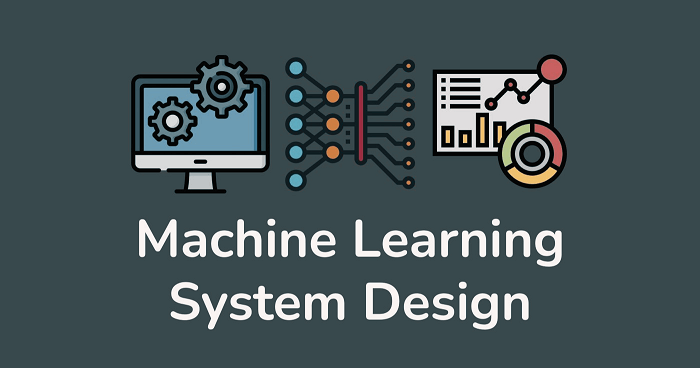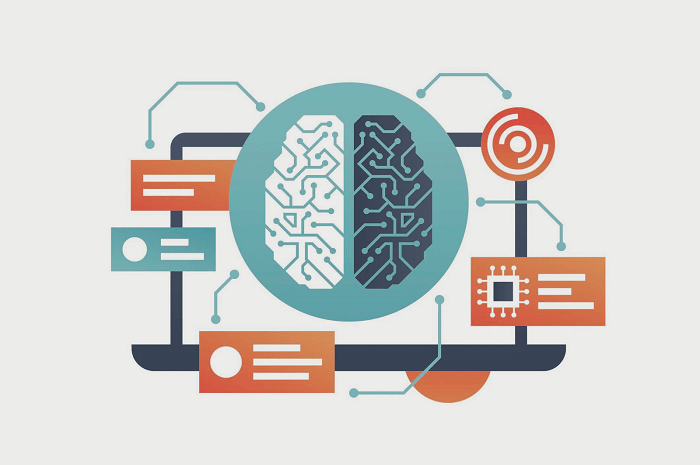Designing a Learning System in Machine Learning

Designing a learning system in machine learning requires careful consideration of several key factors, including the type of data being used, the desired outcome, and the available resources. In this article, we will explore the key steps involved in designing a learning system in machine learning and discuss some best practices to keep in mind.
- The first step in designing a learning system in machine learning is to identify the type of data that will be used. This can include structured data, such as numerical and categorical data, as well as unstructured data, such as text and images. The type of data will determine the type of machine learning algorithms that can be used and the preprocessing steps required.
- Once the data has been identified, the next step is to determine the desired outcome of the learning system. This can include classifying data, making predictions, or identifying patterns in the data. The desired outcome will determine the type of machine learning algorithm that should be used, as well as the evaluation metrics that will be used to measure the performance of the learning system.
- Next, the resources available for the learning system must be considered. This includes the amount of data available, the computational power available, and the amount of time available to train the model. These resources will determine the complexity of the machine learning algorithm that can be used and the amount of data that can be used for training.
- Once the data, desired outcome, and resources have been identified, it is time to select a machine-learning algorithm and begin the training process. Decision trees, SVMs, and neural networks are examples of common algorithms. It is crucial to assess the effectiveness of the learning system using the right assessment measures, such as recall, accuracy, and precision.
- After the learning system is trained, it is important to fine-tune the model by adjusting the parameters and hyperparameters. This can be done using techniques such as cross-validation and grid search. The final model should be tested on a hold-out test set to evaluate its performance on unseen data.
When constructing a machine learning system, there are some other recommended practices to bear in mind in addition to these essential processes. A crucial factor to take into account is making sure that the training data are indicative of the data that will be encountered in the actual world. To do this, the data may be divided into training, validation, and test sets.
Another best practice is to use appropriate regularization techniques to prevent overfitting. This can include techniques such as L1 and L2 regularization and dropout. It is also important to use feature scaling and normalization to ensure that the data is in a format that is suitable for the machine learning algorithm being used.
Following are the qualities that you need to keep in mind while designing a learning system :
Reliability
The system must be capable of carrying out the proper task at the appropriate degree of performance in a given setting. Testing the dependability of ML systems that learn from data is challenging because a system's failure need not result in an error; instead, it could simply produce garbage results, meaning that some results were produced even though the system had not been trained with the corresponding ground truth.
When a typical system fails, you receive an error message, such as The crew is addressing a technical issue and will return soon.
When a machine learning (ML) system fails, it usually does so without being seen. For instance, when translating from English to Hindi or vice versa, even if the model may not have seen all of the words, it may nevertheless provide a translation that is illogical.
Scalability
There should be practical methods for coping with the system's expansion as it changes (in terms of data amount, traffic volume, or complexity). Because certain essential applications might lose millions of dollars or their credibility with just one hour of outage or failure, there should be an automated provision to grow computing and storage capacity.
For instance, if a feature on an e-commerce website fails to function as planned on a busy day, it might result in a loss of millions of dollars in sales.
Maintainability
The performance of the model may fluctuate as a result of changes in data distribution over time. In the ML system, there should be a provision to first determine whether there is any model drift or data drift, and once the major drift is noticed, how to re-train/re-fresh and enable new ML models without interfering with the ML system's present functioning.
Adaptability
The availability of fresh data with increased features or changes in business objectives, such as conversion rate vs. customer engagement time for e-commerce, are the other changes that occur most frequently in machine learning (ML) systems. As a result, the system has to be adaptable to fast upgrades without causing any service disruptions.
Data
- For example, human age and height have expected value ranges, but they can't be too huge, like age value 150+, height - 10 feet, etc. Feature expectations are recorded in a schema - ranges of the feature values carefully captured to avoid any unanticipated value, which can result in a trash answer.
- All features are advantageous; features introduced to the system should be valuable in some way, such as being a predictor or an identifier, as each feature has a handling cost.
- No feature should cost more than it is worth; each new feature should be evaluated in terms of cost vs. benefits in order to eliminate those that would be difficult to implement or manage.
- The data pipeline has the necessary privacy protections in place; for instance, personally identifiable information (PII) should be managed carefully because any leaking of sensitive information may have legal repercussions.
- If any new external component has an influence on the system, it will be easier to introduce new features to boost system performance.
- All input feature code, including one-hot encoding/binning features and the handling of unseen levels in one-hot encoded features, must be checked in order to avoid any intermediate values from departing from the desired range.
Model

- Model specifications are evaluated and submitted; for quicker re-training, correct versioning of the model learning code is required.
- Correlation between offline and online metrics: Model metrics (log loss, mape, mse) should be strongly associated with the application's goal, such as revenue/cost/time.
- Hyperparameters like learning rates, the number of layers, the size of the layers, the maximum depth, and regularisation coefficients must be modified for the use case because the selection of hyperparameter values can significantly affect the accuracy of predictions.
- To support the most recent model in production, it is important to comprehend how frequently to retrain models depending on changes in data distribution. Model staleness has an influence that is known.
- Simple linear models with high-level characteristics are a good starting point for functional testing and doing cost-benefit analyses when compared to more complex models. However, a simpler model is not always better.
- Model performance must be assessed using adequately representative data to ensure that model quality is satisfactory on significant data slices.
- The model is put to the test for inclusion-model characteristics, which should be thoroughly examined against predicting importance since, in some applications, specific features may slant outcomes in favor of particular categories, usually for reasons of fairness.
Infrastructure
- The results of repeated training on the same set of data should be similar models. Generally speaking, depending on how precise the system or infrastructure is, there could be some differences. However, there shouldn't be a significant difference.
- The accuracy of model algorithms and model API services must be unit-tested using random inputs to identify any errors in the code or response.
- The whole ML pipeline must be tested for proper operation, including the assembly of training data, feature creation, model training, model verification, and deployment to a serving system.
- Prior to actually fulfilling real requests, a model must first be trained, at which point an offline/online system must evaluate it to ensure that it is of appropriate quality.
- Considering the behavior of ML systems, whose performance strongly depends on non-stationary quality/distribution of input data, there should be a well-designed fallback mechanism if something goes wrong with the ML answer. Models of serving can be reversed.
In conclusion, designing a learning system in machine learning requires careful consideration of several key factors, including the type of data being used, the desired outcome, and the available resources. By following the key steps outlined in this article and keeping best practices in mind, it is possible to design a high-performing learning system in machine learning.
Providing an interface, algorithm, data infrastructure, and hardware for an ML learning system to satisfy particular reliability, scalability, maintainability, and flexibility criteria.
|


 For Videos Join Our Youtube Channel: Join Now
For Videos Join Our Youtube Channel: Join Now










